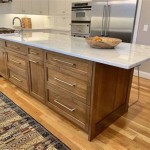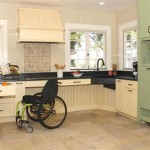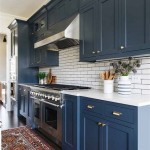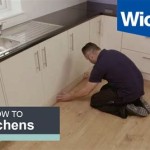Essential Aspects of Accessible Upper Kitchen Cabinets
Upper kitchen cabinets offer valuable storage space, but they can pose challenges for individuals with limited mobility or reach. Accessible upper kitchen cabinets are designed to accommodate these limitations, allowing users to easily access and retrieve items from upper storage areas.
Height Considerations
The height of upper cabinets is crucial for accessibility. Standard cabinet heights range from 18 to 24 inches, but these may be too high for some users. Cabinets should be installed at a height that allows users to comfortably reach the top shelf without straining or using a step stool. Accessible upper cabinets are typically installed at a lower height, around 15 to 18 inches above the countertop.
Depth and Reachability
The depth of upper cabinets also affects accessibility. Deep cabinets can make it difficult to reach items at the back, especially for users with limited reach. Accessible upper cabinets should have a shallower depth, around 12 to 15 inches, which allows users to easily reach all stored items without having to reach over or lean into the cabinet.
Pull-Down Shelves and Lazy Susans
Pull-down shelves and lazy Susans are innovative features that enhance accessibility in upper cabinets. Pull-down shelves can be easily lowered using a handle, making it convenient to reach items on high shelves. Lazy Susans, rotating shelves installed within the cabinet, provide easy access to items stored at the back and corners.
Adjustable Shelves
Adjustable shelves allow users to customize the height and spacing of shelves within upper cabinets. This feature is beneficial for accommodating different types of cookware, appliances, and storage containers. Adjustable shelves also make it easier to reach items without having to remove multiple items.
Door Options
The type of door on upper cabinets can also impact accessibility. Sliding doors can be opened and closed without having to reach over or above, making them a suitable option for users with limited reach. Hinged doors, on the other hand, provide wider access to the cabinet interior but may require more space for opening and closing.
Accessible Upper Cabinets: Benefits and Considerations
Accessible upper kitchen cabinets offer numerous benefits for individuals with limited mobility or reach. They promote independence, reduce the risk of accidents, and enhance the overall functionality and usability of the kitchen space. When designing and installing accessible upper cabinets, it's essential to consider the specific needs of the user, including their height, reach, and strength limitations.

Accessible Kitchens Kitchen Magic

Accessible Kitchens Kitchen Magic

Accessible Kitchens Kitchen Magic

Wheelchair Accessible Kitchens Photos Kitchen Cabinet Design House

Coolest And Most Accessible Kitchen Cabinets Ever Next Avenue

Accessible Kitchen Cabinetry Active Living

Coolest And Most Accessible Kitchen Cabinets Ever Next Avenue

How To Design An Accessible Kitchen Adjustable And Multifunctional Furniture Archdaily

5 Ways To Create An Accessible Kitchen Freedom Showers

This Wheelchair Accessible Kitchen Cabinet Is Installed In The Of Access Remodel Small Upper Cabinets
Related Posts








